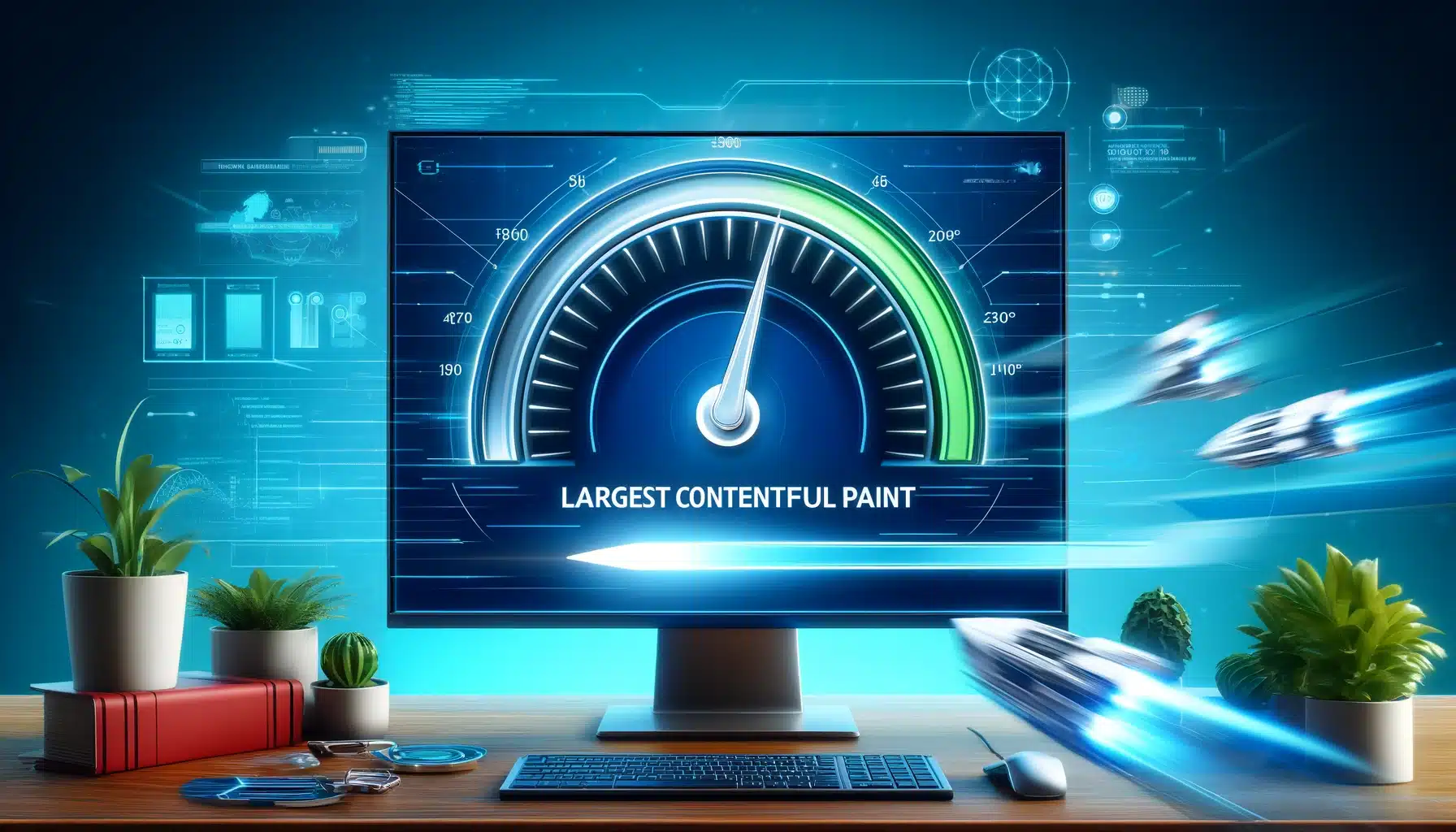TLDR: This is the metric when all of the important content is loaded on your site.
In the quest for creating the fastest and most fluid online experiences, web developers and site owners have a range of metrics at their disposal. One of the most impactful for user experience is the Largest Contentful Paint (LCP), a performance metric that’s critical for understanding how users perceive the speed of a webpage. Let’s dive deep into what LCP is, why it matters, and how it can be improved.
What is Largest Contentful Paint (LCP)?
Largest Contentful Paint is a core user-centric metric that measures the time it takes for the largest content element visible within the viewport to become fully rendered on the screen. Unlike other metrics, LCP focuses on the loading performance related to the main content of a webpage, which is essential for holding a user’s attention.
LCP is part of the Core Web Vitals, a set of metrics that Google considers crucial to all web experiences. It offers an accurate reflection of the actual user experience, moving beyond traditional metrics like ‘onload’ times, which don’t always represent what the user sees.
The Importance of LCP for User Experience
LCP is a significant indicator of perceived speed and user satisfaction. The quicker the main content loads and renders, the faster a user can engage with the page, which brings several benefits:
- User Engagement: A quick LCP helps keep the bounce rates low as users are less likely to leave a page that loads quickly.
- Conversion Rates: Websites with a good LCP score tend to have higher conversion rates because users see the content they’re interested in without delay.
- SEO Rankings: LCP is a part of Google’s page experience signals used for ranking websites. A better LCP score can improve a website’s position in search results.
Measuring Largest Contentful Paint
LCP can be measured in several ways, including:
- Chrome User Experience Report: Aggregated real-world LCP data from users who have opted-in to syncing their browsing history and have usage statistic reporting enabled.
- PageSpeed Insights: Provides LCP data and suggestions for improvement.
- Lighthouse: An open-source tool for web page auditing, which includes LCP among other metrics.
How to Improve LCP
Improving your LCP involves optimizing both the server and client-side aspects of your website. Here are a few strategies:
- Optimize Image Sizes: Use next-gen image formats like WebP and ensure they are appropriately sized for their containers.
- Optimize Server Response Times: Use a CDN, cache assets, and establish third-party connections early.
- Remove Unnecessary Third-Party Scripts: These can slow down your page by loading large chunks of content.
- Prioritize Loading of Main Content: Use lazy loading for other content and prioritize the main content using techniques like preloading.
In Conclusion
Largest Contentful Paint is a vital metric for understanding and improving the user experience on the web. As the landscape of web performance evolves, metrics like LCP are increasingly important in highlighting how real-world users interact with websites. By measuring and optimizing for LCP, webmasters can ensure that their sites not only rank well but provide value quickly to their visitors, which is the cornerstone of a successful online presence.

